
Want to live a longer, healthier life? We all do. And knowing how to eat more healthily is central to achieving that.
“To put the power of diet into perspective, unhealthy diets represent a greater risk of disease and death than alcohol, drug, tobacco use and unsafe sex combined,” says plant-based nutrition researcher Josh Gibbs.
“Most of the risk associated with unhealthy diets is due to not eating enough healthy plant-based foods.
Diets high in red meat are responsible for around one million deaths per year, globally,” he adds.
“Eating a plant-based diet low in red and processed meats may maximise your health and longevity.”
Sophie Medlin, a consultant dietitian and chair of the British Dietetic Association for London, adds: “Eating a balanced diet helps to make sure that you're getting all the nutrients you need.
"When people have dietary imbalances or cut out food groups, you can end up with nutritional deficiencies that can affect long- and short-term health.”
A balanced diet consists of the five main food groups: fruits and vegetables, starchy carbohydrates, protein, dairy and alternatives, and oils and spreads.
Proper hydration is also an important part of a balanced diet. Here’s what we should be aiming for:
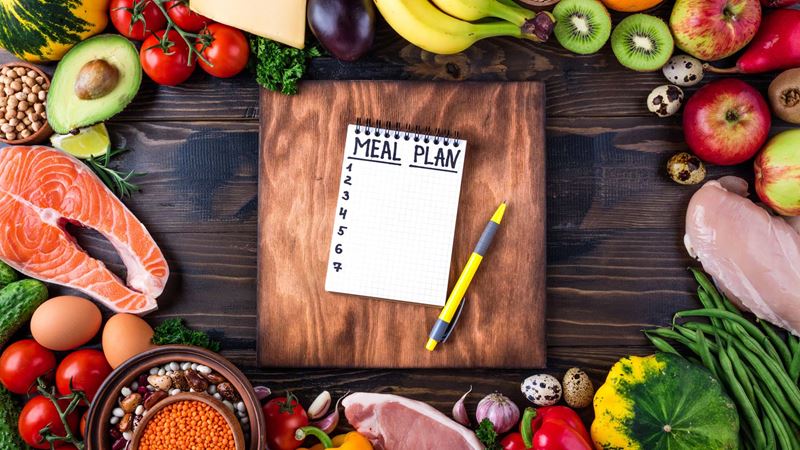
Getting organised is a great way to make sure you stay on track.
“Plan your meals and snacks in advance and make a shopping list to ensure you buy a variety of foods from each food group,” says culinary medicine expert and nutritional therapist Dr Sunni Patel.
“Set yourself a weekly challenge to eat different fruits and vegetables to allow you to experiment and add diversity to your diet.”
Planning can also help to combat rising food costs and eat healthily on a budget. Patel says: “It can help to avoid wasting money on unnecessary or unhealthy items.
"By thinking about your plate composition and firstly making sure 50% is fruit and vegetables, then 25% is lean protein and 25% is complex carbs [starchy foods such as bread, rice, pasta, cereals and potatoes], you will save money while still getting enough vitamins, minerals and fibre.”
Plus, you don’t have to worry each day about what you’re going to eat. Sunday might be a good time to sit down with a cuppa and list your meals for the week ahead. You can buy a magnetic meal planner that you can stick to your fridge or microwave to help.
Not only does experimenting in the kitchen make eating healthily enjoyable, but it can also help you to “eat the rainbow”. Medlin says:
“The more different-coloured plant foods we can squeeze into our diet, the better.”
She suggests blending fruits and vegetables such as mango, carrots, celery, courgettes and peppers to make soups.
Pasta and curry sauces are a great way to include more variety in your diet. Why not try adding some extra fruit and veg in the sauce of this healthy and tasty fish curry recipe?
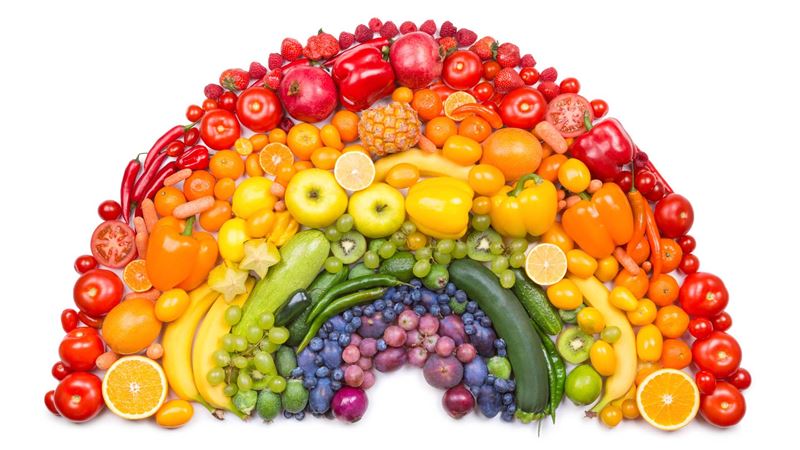
Not an easy task, we know. But eating plant foods can help with this also.
“By focusing on increasing the number of plants in your diet, you can often displace less healthy foods,” says Medlin.
“If we fill up on fruits and vegetables, and snack on things like nuts, we'll be less hungry and more able to stick to healthier choices more of the time.”
Some of the other things that we discuss within this article, such as meal planning and preparation, can help to prioritise healthy eating, too.
This can reduce waste and make your meals delicious.
“Roasting many different vegetables in the oven is an easy way to use up things going out of date,” says Medlin. “You may also prefer the taste or texture of roasted veg compared to boiled or raw.”
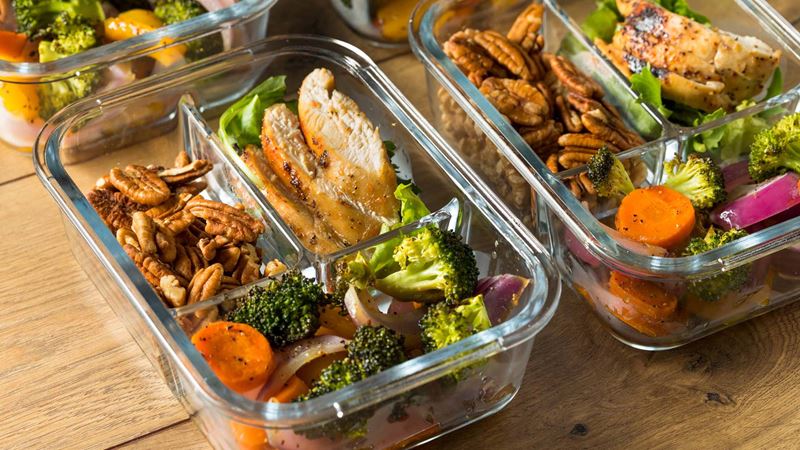
Just as you might block out time in your calendar to catch up with a friend, schedule time to cook all or some of your meals for the week.
It means you have readily available nutritious meals for when you are busy during the week and are less likely to opt for something unhealthy.
Examples of animal and plant proteins are lean meat, poultry, fish, eggs, beans or tofu.
“Protein helps keep you feeling full and satisfied,” Patel says. This means you’re less likely to go reaching for ultra-processed foods such as cakes and crisps.
Medlin recommends opting for plant sources where you can. But she says: “Protein supplements such as whey are a good option if you find it difficult to include enough via your diet.”
Who said eating healthily is boring? While you’ll want to make sure you’re not eating too much salt or unhealthy fats, there are other ways to make a meal tasty.
“Experiment with herbs and spices, such as basil, oregano, garlic and ginger, to add flavour to your meals,” says Patel.
For example, use seasoning to transform dishes like BBC Food’s easy chicken fajita recipe. You can cook them in the air fryer, too, which can be healthier.
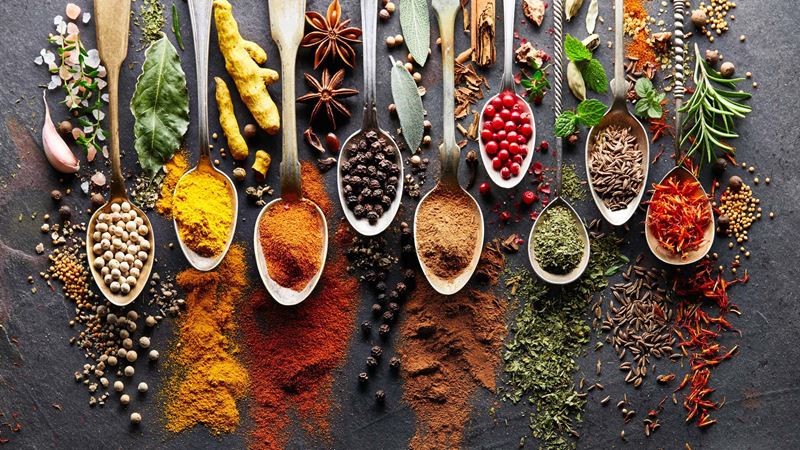
Beginning the day with a bowl of oats topped with berries and yogurt is a great way to increase your fibre and dairy intake, says Medlin.
The toppings make it tastier and mean you’re ahead of the game by already hitting one of your five-a-day. Choose multigrain oats to make sure you’re getting a variety of grains .
Healthy eating is about looking at what you can add to your diet rather than what you can take away, as long as you’re following the recommended amounts.
When it comes to dairy, Medlin suggests adding Greek yogurt to fruit for a nutritious breakfast or snack, grating cheese into pasta sauces , or adding ricotta or salad cheeses (such as feta) to salads.
“Coconut milk is a great substitute for dairy milk in savoury recipes,” she adds.
If healthy products are too expensive, switch to cheaper frozen fruit and vegetables, or eat them when they are in season.
Comfort eating due to stress is a common problem that Medlin comes across in her clinic.
“When people are stressed or tired, they eat around 400 to 500 more calories a day.”
She says recognising and working on the underlying cause is important. Notice what thoughts cross your mind when you reach for unhealthy foods. If you don’t know the cause, you can work with a health professional or dietitian to understand and overcome it.
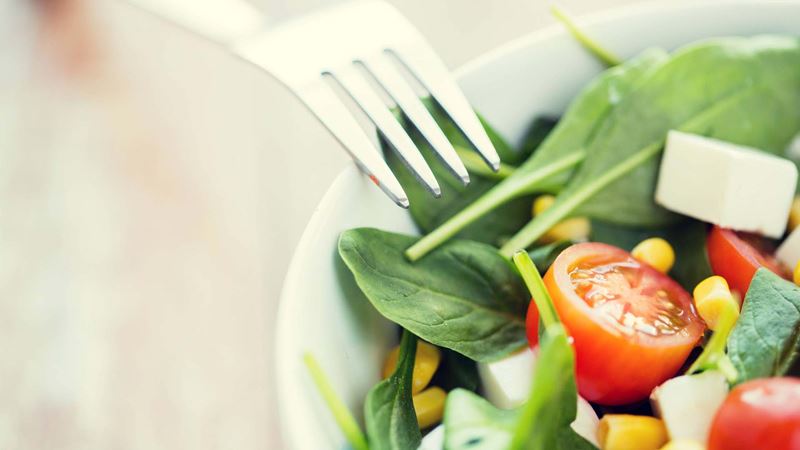
Affirmations are statements that help you to shift your mindset and reach your goals. They can help in a variety of situations.
When it comes to eating healthier, maybe try repeating the phrases “I can do this” or “I am capable of eating healthily”, each morning. It might sound a bit ridiculous but studies show that self-affirmations can be effective and improve self-competence.
Just like brushing your teeth, build healthy eating into your schedule. For example, every Sunday do your meal planning and preparation or have oats for breakfast on certain days of the week.
Another good way to do this is by habit stacking (the process of stacking a new habit on top of an existing habit).
If you struggle to eat enough fruit and veg, but sit down for an afternoon cup of tea every day, you could try including a piece each time you do this, for instance.
Gemma Harris has been a journalist for more than seven years and is a self-confessed health and wellbeing enthusiast, which led her to specialise in health journalism. During her career, she has worked with top editors and publications in the industry.
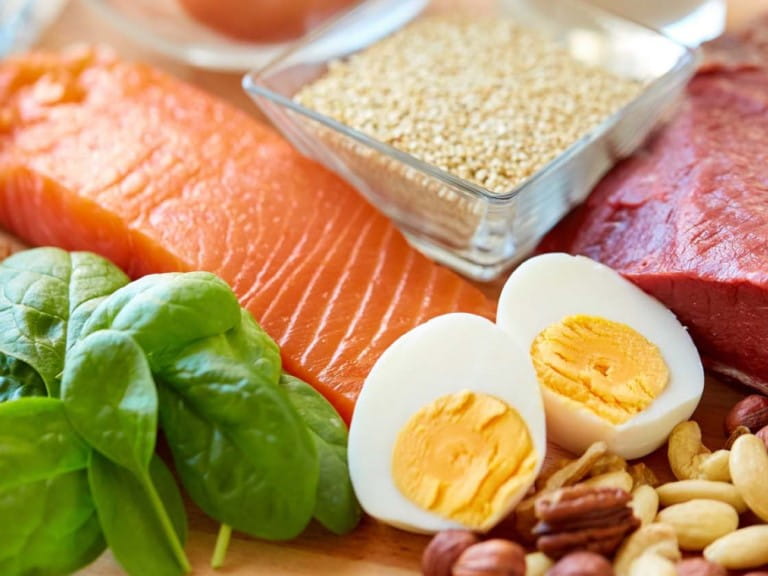
Everything you need to know about protein, from how it benefits your body to the best high-protein foods – and how much you really need.


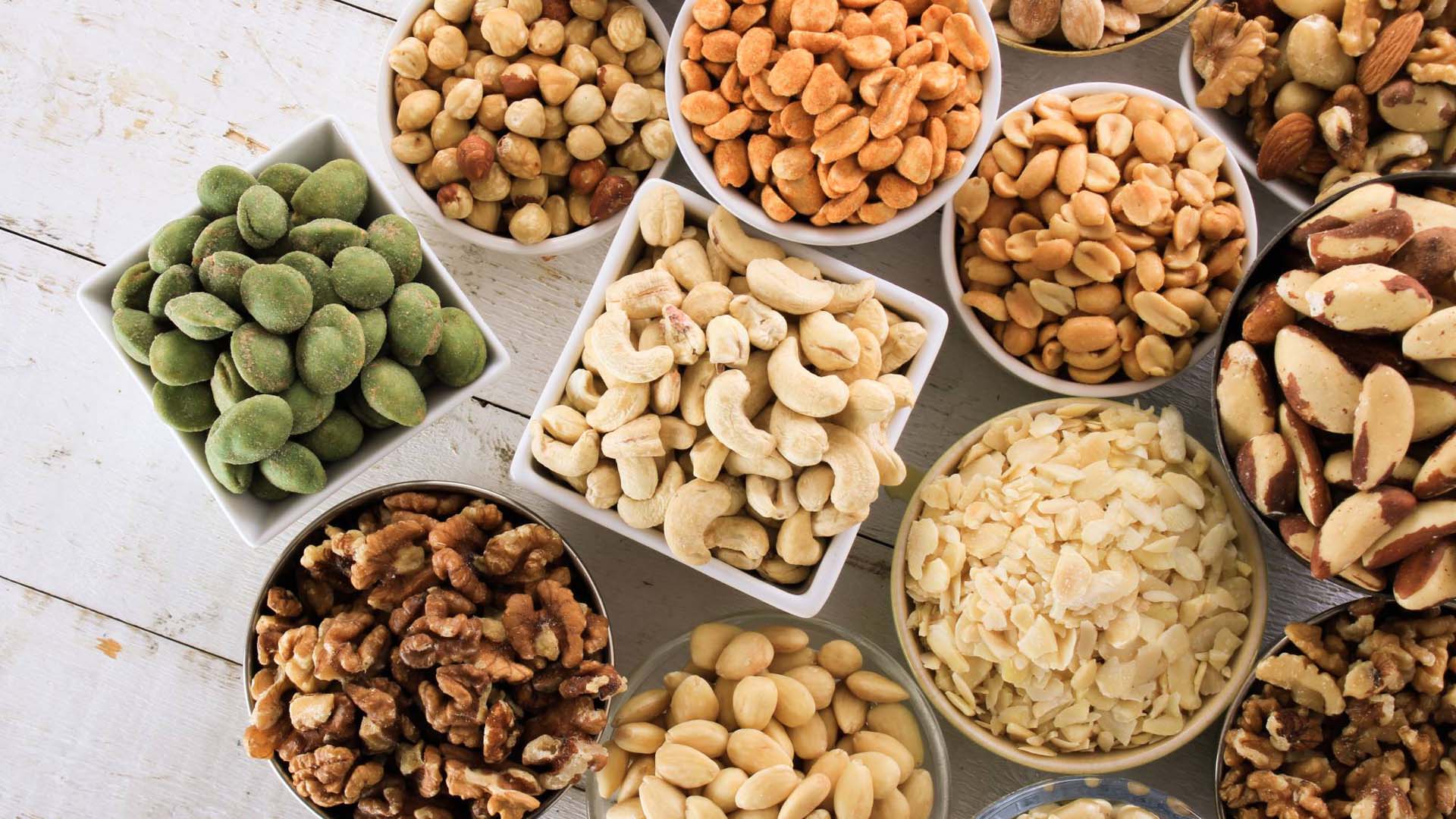
Let’s roast the myths! Not only are nuts less fattening than once feared, research shows they can cut the risk of heart disease too
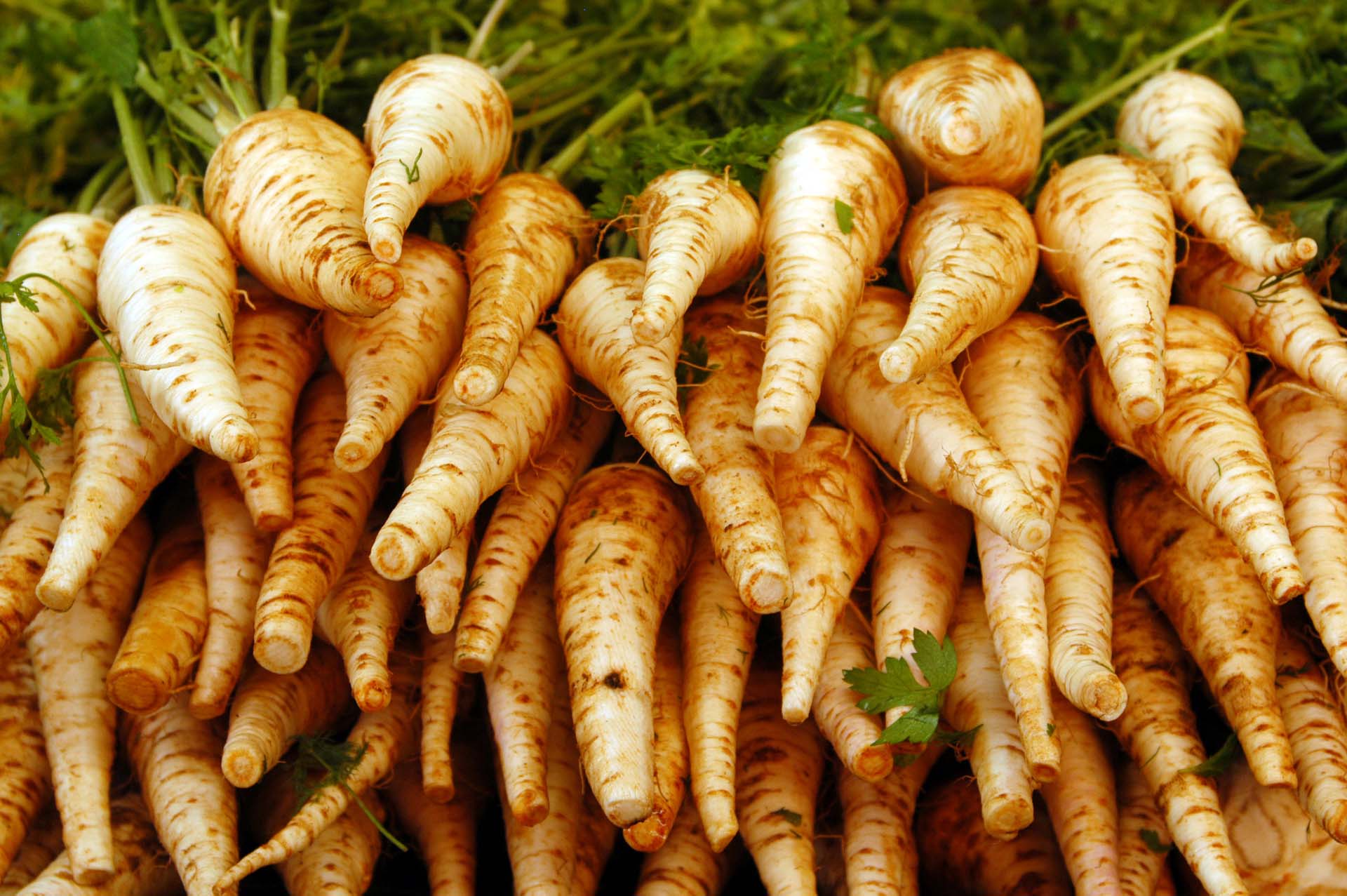
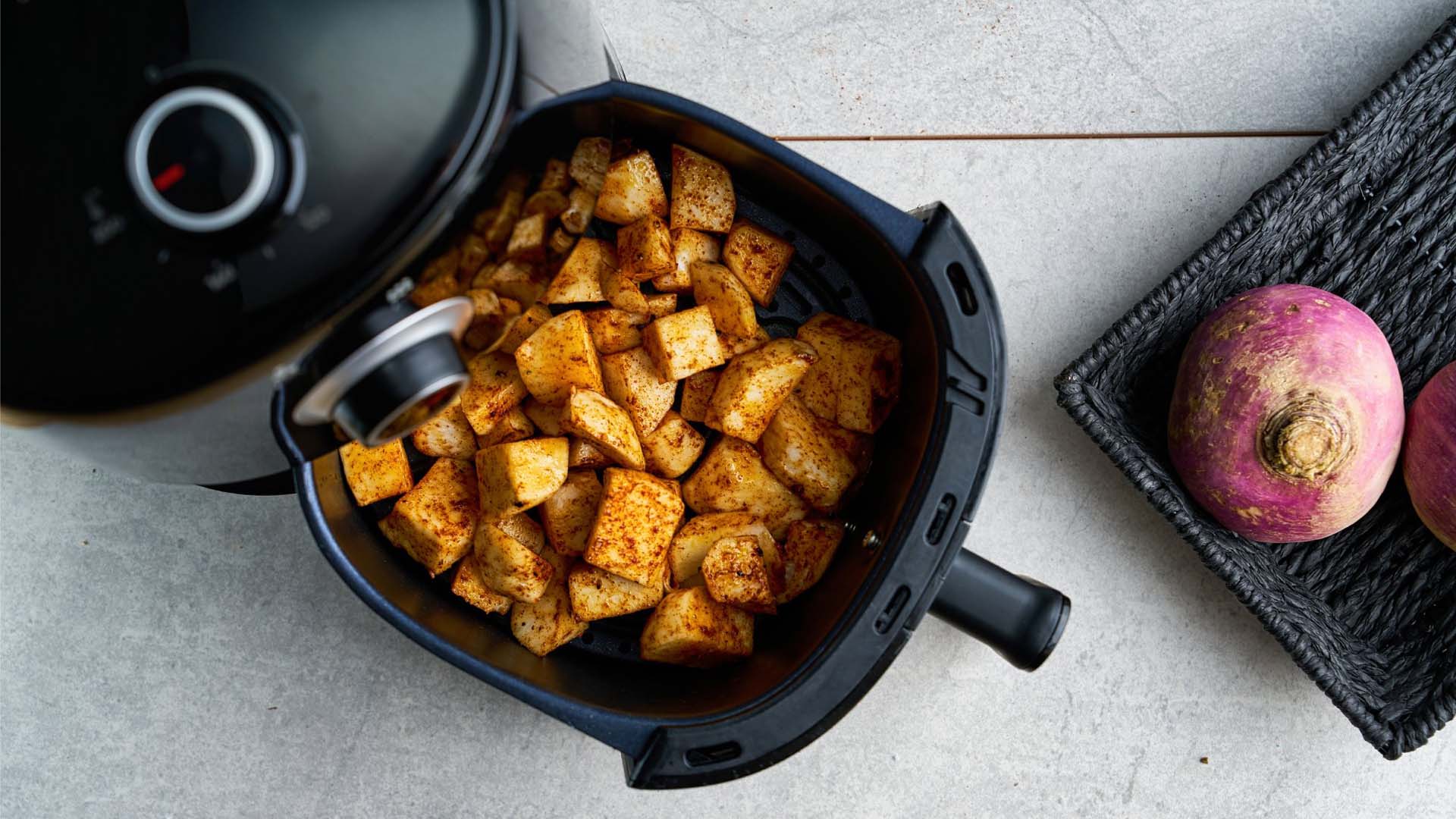
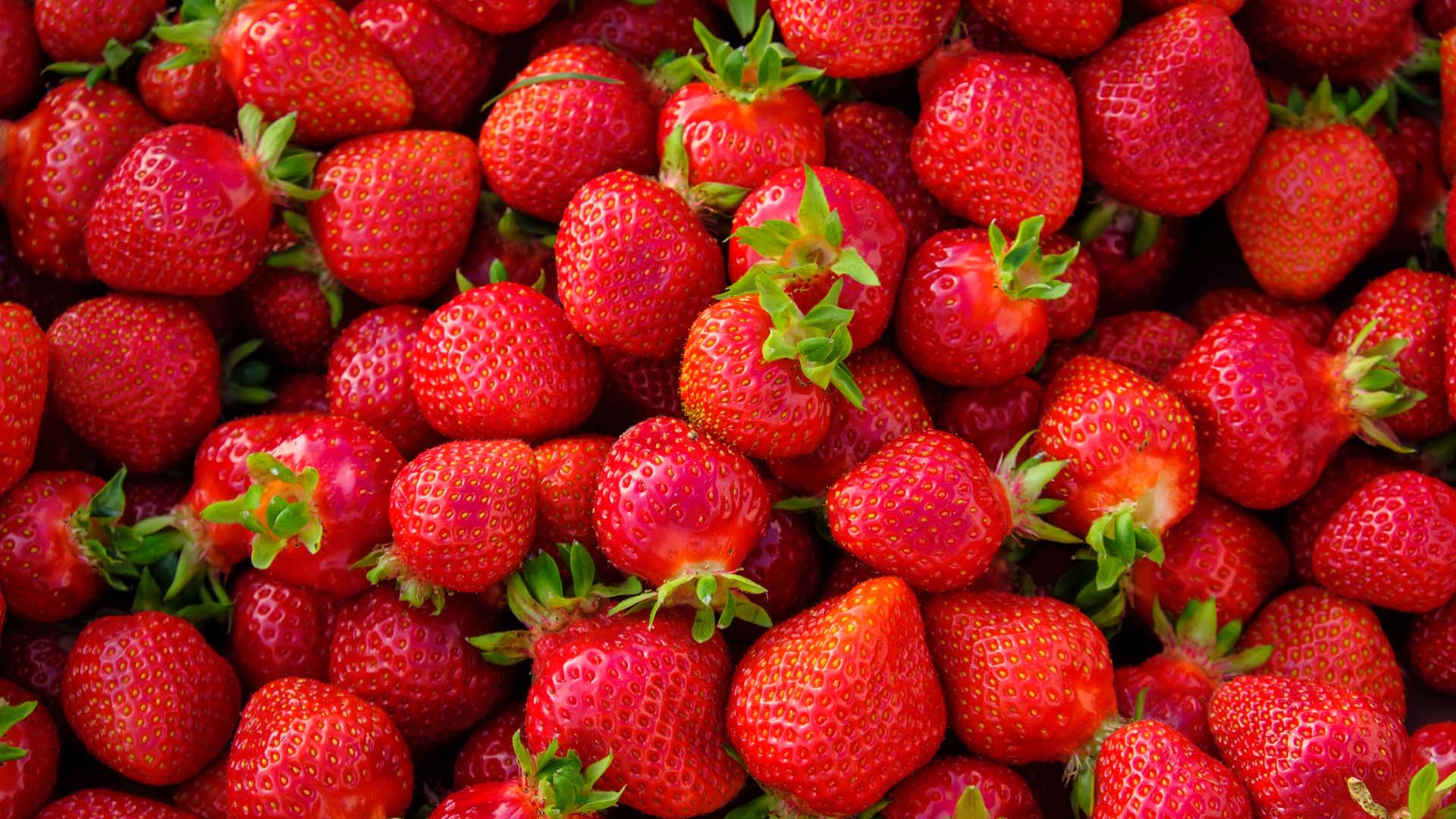
Strawberries don't just taste and look great, they are full of fibre, help your heart health and may even stave off dementia.
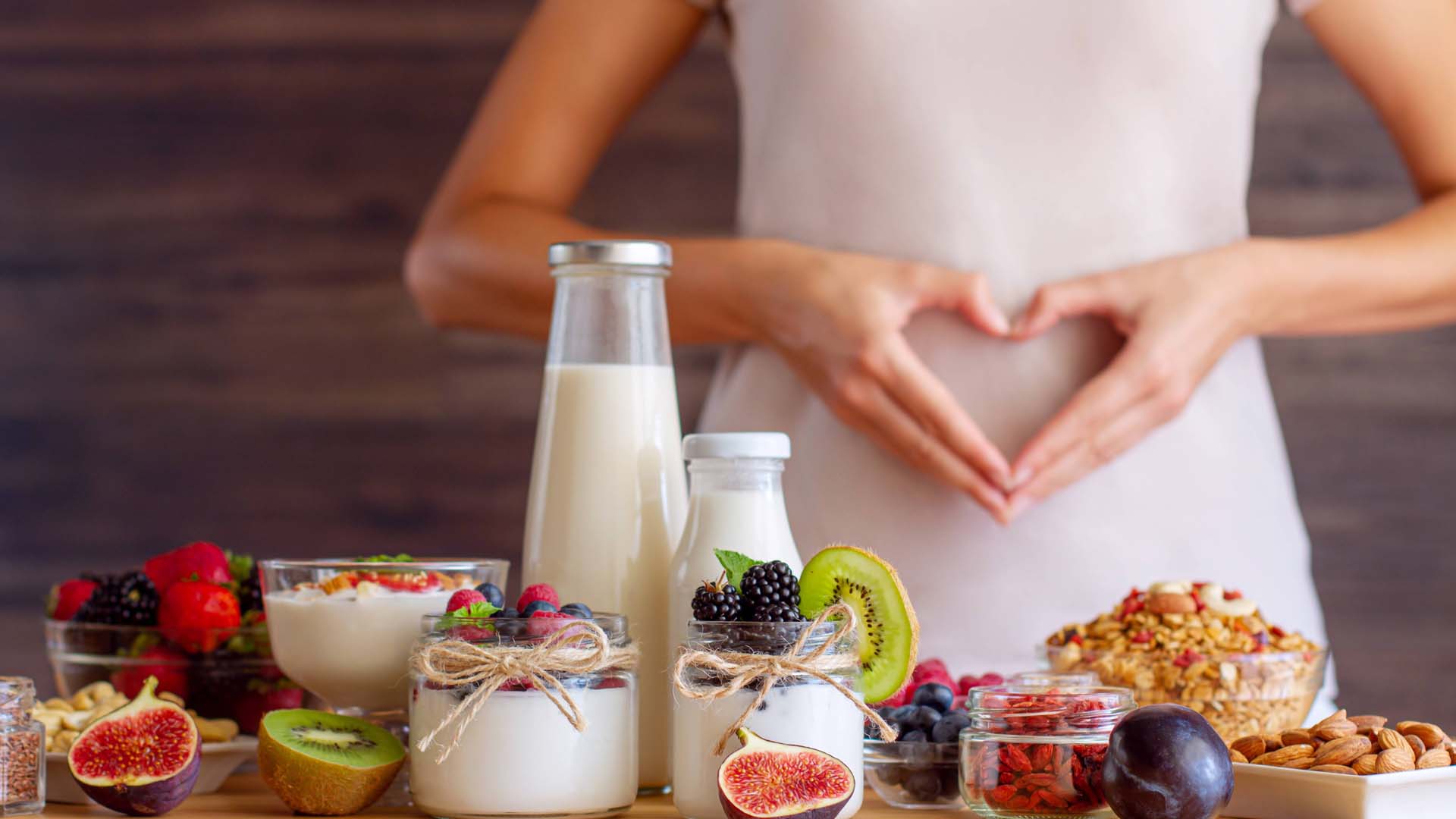
Looking after your gut health could be one of the biggest things that you can do for your overall health. Here are the best foods to keep your gut happy.
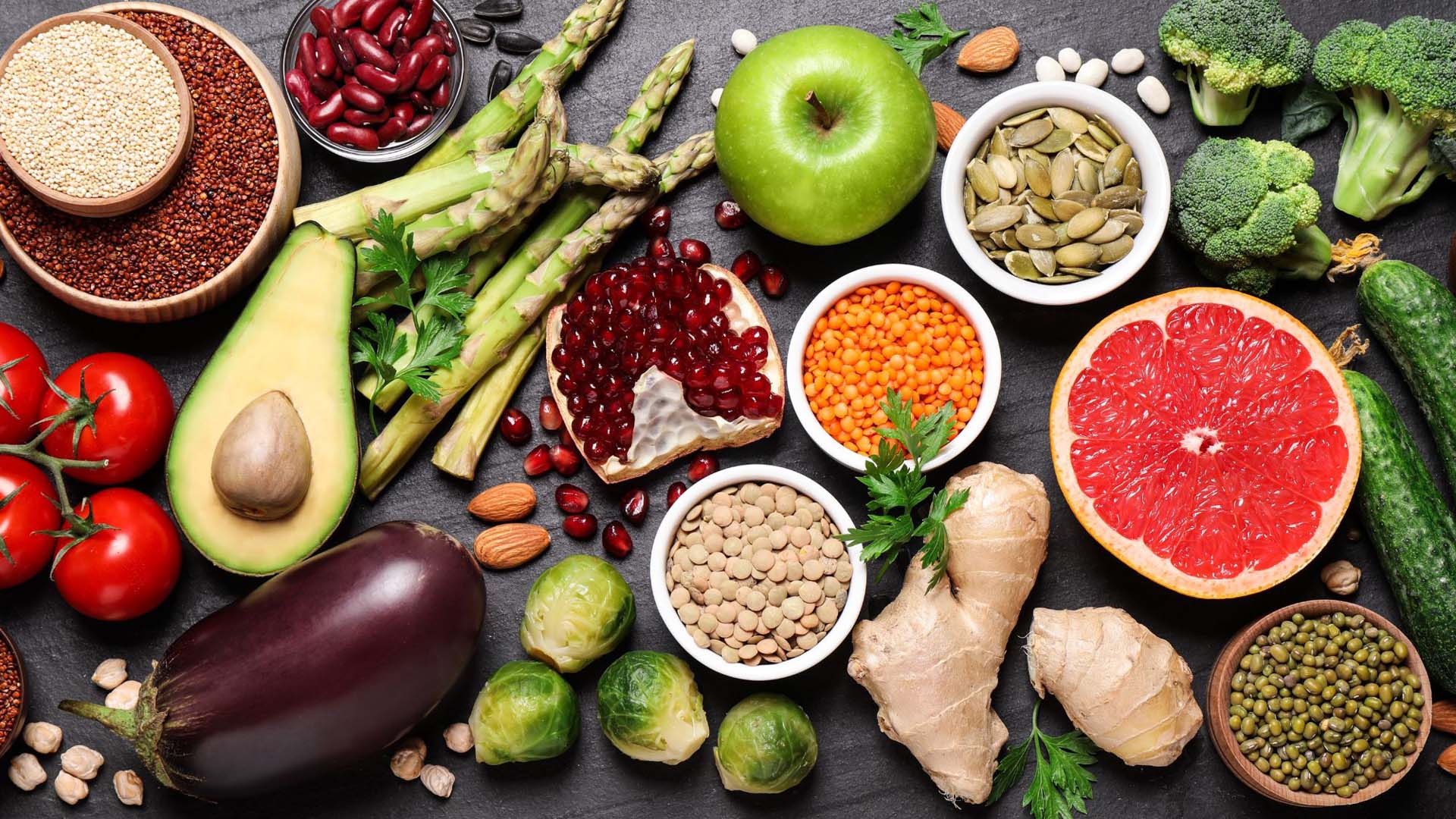
The foods that could help you live longer and protect against chronic illness.